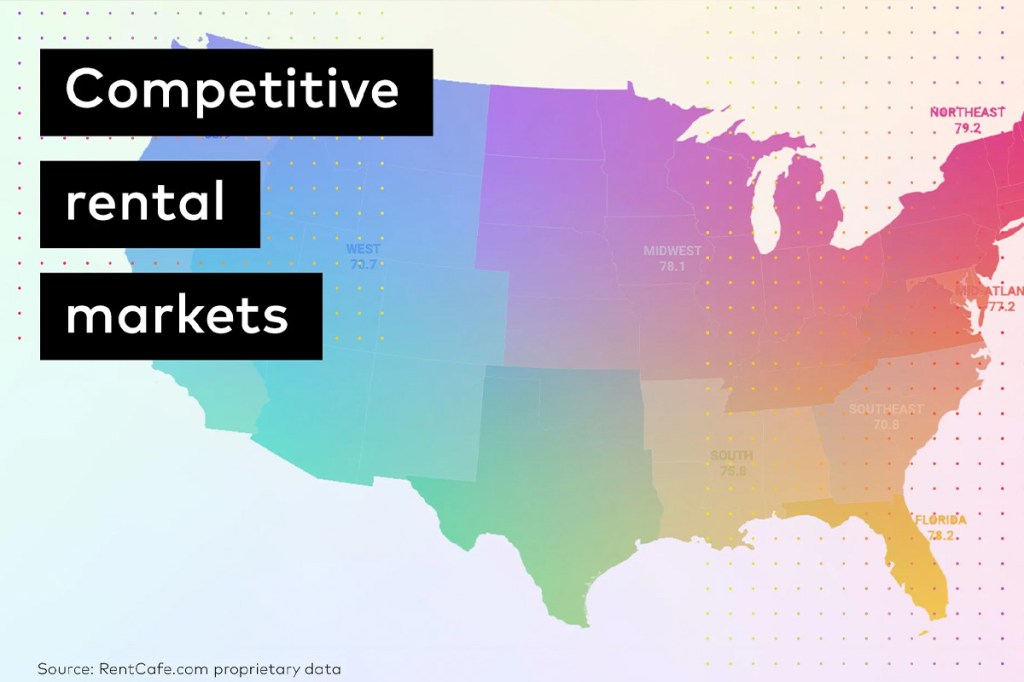
Are we headed toward a national and/or global recession? This question is on many minds as we look ahead to 2023. So, what do multifamily property managers need to know in order to prepare? When nothing is certain, credible knowledge is our best defense against the unknown. This article explores vital insights from the final Yardi Matrix National Multifamily Report of 2022 to provide some answers.
Market intelligence predicts a cooldown in residential real estate
Average multifamily asking rents are showing a slight increase, despite weaker demand and dipping year-over-year (YOY) growth.
“The pandemic recovery has been rapid, it has been V-shaped, but now it is indeed cooling. We’re really on the downturn, is what I would tell you. The U.S. economy is slowing, the yield curve has inverted for all intents and purposes,” said Jeff Adler, vice president of Yardi Matrix.
“When it comes to the U.S. multifamily industry, the domestic migration has had a significant impact on demand, but household formations have had even a larger impact,” Adler said. Demographic trends are expected to support continued housing demand.
Rising interest rates, however, will preclude many would-be buyers from home purchases in the near future. First-time homebuyers are being frozen out of the market, according to the National Association of Realtors, and will be more likely to remain in rentals.
“The capital markets are really what’s the problem, mortgage rates are up to 6% and above, and valuations have adjusted downward,” said Adler, off as much as 25% from a peak in January 2022. However, U.S. multifamily continues to be a standout sector among all asset types.
“Declining homeownership will be a bit of a tailwind (for multifamily), as long as household formation holds up,” Adler said. “Fundamentals have been great, but they are decelerating.”
Tricky business: forecasting a recession while fundamentals remain strong
Average U.S. asking rents increased $3 in October to $1,727. Year-over-year growth fell to 8.2%, the lowest level since the summer of 2021 and down from its 15.3% peak in the first quarter.
The single family rental market is also cooling off. The average U.S. asking rent was unchanged at $2,088 in October, while the YOY increase fell by 160 basis points to 6.6%.
“Single family and build-to-rent housing fundamentals are strong, but they’re also decelerating, very similar to multifamily,” Adler said. And with a difficult construction financing environment, limited new supply is expected through 2026. This could exacerbate the U.S. housing supply shortage, pushing it out through the next decade.
As far as an anticipated recession, that’s currently very likely by the fourth quarter of 2023, according to experts.
“Essentially we’re on a glide path to the next recession, which is probably one of the most well forecasted recessions I’ve seen in a while,” Adler observed.
You can’t control the weather, but …
Recession is another word for “problem that keeps you up at night.” You can’t control economic realities any more than you can control the weather, but you can position yourself to get through hard times as best as possible. Find a greater sense of security and simplify your job with all-in-one property management software. Our brochure explains why it matters, the features it offers and how you can find the right provider.
Make 2023 the year you consolidate your business on a single platform for marketing, leasing, operations and accounting. Let us show you how!



